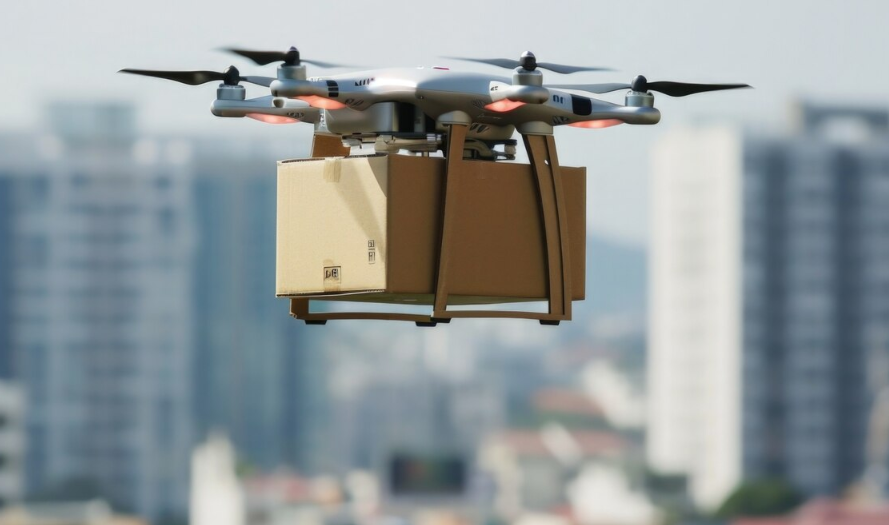In the 21st century, the urgency of achieving sustainable development has never been greater. Climate change, resource depletion, and social inequality demand innovative solutions. One technology that consistently appears at the center of these conversations is Artificial Intelligence (AI). But can AI truly be the key to sustainable development?
Understanding Sustainable Development
Sustainable development, as defined by the United Nations, meets the needs of the present without compromising the ability of future generations to meet their own needs. It encompasses three main pillars:
- Economic growth
- Social inclusion
- Environmental protection
Balancing these areas requires complex decision-making, efficient resource management, and long-term planning—all areas where AI could make a significant impact.
How AI Contributes to Sustainable Development
1. Environmental Protection
AI-powered systems can monitor environmental changes more accurately and faster than traditional methods. For instance:
- Climate Modeling: Machine learning models predict weather patterns and climate changes, aiding in disaster preparedness.
- Wildlife Conservation: AI analyzes images from camera traps, identifying endangered species and tracking illegal poaching activities.
- Energy Efficiency: Smart grids use AI to optimize energy distribution, minimizing waste and reducing carbon emissions.
2. Economic Growth
AI drives innovation in industries ranging from agriculture to manufacturing. Examples include:
- Precision Agriculture: AI algorithms optimize crop yields by analyzing soil health, weather patterns, and pest activity.
- Smart Manufacturing: Automation and predictive maintenance reduce production costs and energy consumption.
These technologies not only boost productivity but also encourage the development of green industries and sustainable business practices.
3. Social Inclusion
AI has the potential to bridge gaps in education, healthcare, and public services:
- Telemedicine: AI diagnostic tools expand healthcare access to remote communities.
- Educational Platforms: Adaptive learning technologies cater to individual student needs, promoting more inclusive education systems.
- Public Services: AI chatbots and virtual assistants help governments provide services efficiently, even in under-resourced areas.
The Challenges and Ethical Concerns
Despite its promise, AI is not a silver bullet. Several challenges could limit its contribution to sustainable development:
- Bias and Inequality: Poorly designed AI systems can reinforce social biases and deepen inequalities.
- Environmental Cost: Training AI models requires significant computational power, leading to considerable energy consumption.
- Governance and Regulation: Without robust ethical frameworks and international cooperation, AI could be misused or lead to unintended consequences.
Conclusion
AI offers powerful tools that could accelerate sustainable development across environmental, economic, and social dimensions. However, realizing this potential requires a thoughtful approach that prioritizes ethics, inclusivity, and environmental responsibility. AI, by itself, is not the key—but when combined with human values and sound governance, it could certainly unlock new pathways toward a more sustainable future.
Would you also like a second, slightly more formal version if you need it for a professional or academic context?


